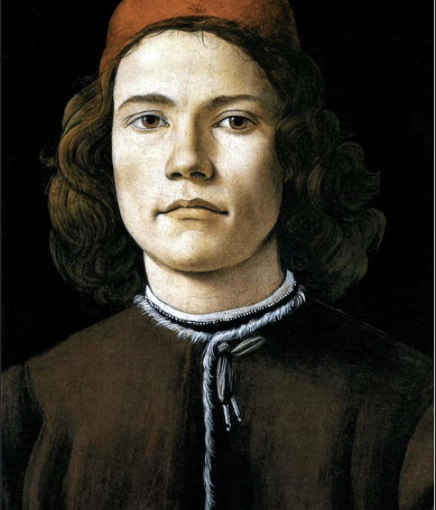Sunday, 1 January 2023
Bright and early, well, somewhat early, we visited the Minneapolis Institute of Art to see Botticelli and Renaissance Florence: Masterworks from the Uffizi. I was struck by three things.
First was the vividness of the colors. These fairly leapt off the canvas. If I hadn’t been viewing them in a museum, I would have assumed they were fakes. But no, they are not: they have been carefully preserved, and exquisitely cleaned. We have an abstract painting upstairs that provides a nexus of color in a largely cool modern space; I wondered if the Botticelli paintings played a similar role. My sense, from what others tell me, is no.
The second thing that struck me was the… and now I am forgetting. It was something … cultural. Some kind of social fact. Ah, here we go: According to the text that accompanies the paintings, one of the things that was going on is that the artists were borrowing forms and postures and such from the classics. For example, the MIA displayed a sculpture of Cupid, sleeping, and noted that it had served as a model for baby Jesus. What better a model for Jesus than a god incarnated as a child? It was interesting to reflect that just as early Christians appropriated pagan celebrations like the solistice, so later Christians moved up the cultural hierarchy, recycling pagan imagery into Christian art.
A third thing I appreciated were the paintings and sketches of more ordinary people. I say ‘more ordinary,’ but presumably they were largely middle class, or whatever the equivalent was at that time. These lacked names — or at least the names had been lost — and so we saw portraits of an old man, a young woman, and so forth. They worked for me, in a way that the large florid paintings strewn with symbols did not.

Views: 1
